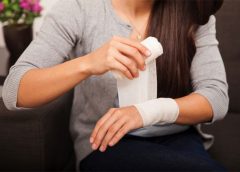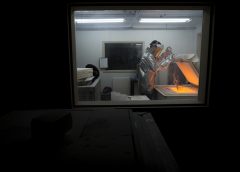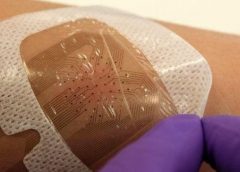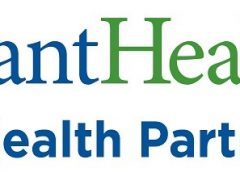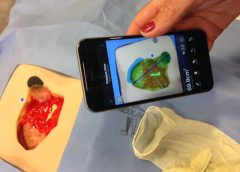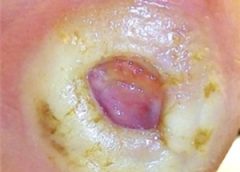Bandages are intended to keep a dressing secure and clean in order to reduce healing time and infection rate. However, they may be about to get a new use-case, courtesy of a project from the United Kingdom’s Swansea University Institute of Life Science.
What researchers there have been working on is a new smart bandage capable of tracking how a wound is healing and sending that data back to doctors, via 5G technology. To do this it would employ tiny “nanosensors” able to fit comfortably within the fabric of regular bandages. (more…)
Read More
